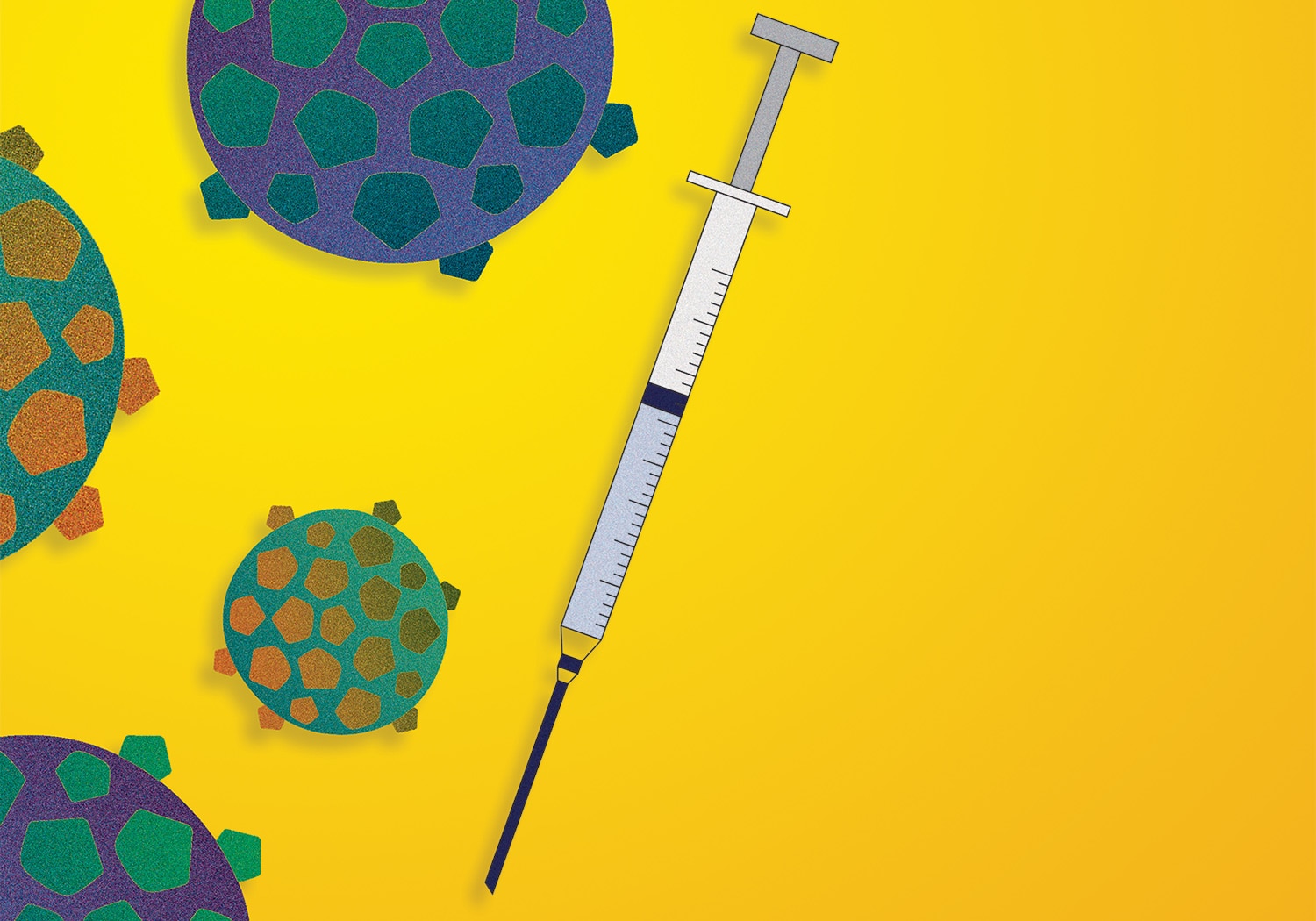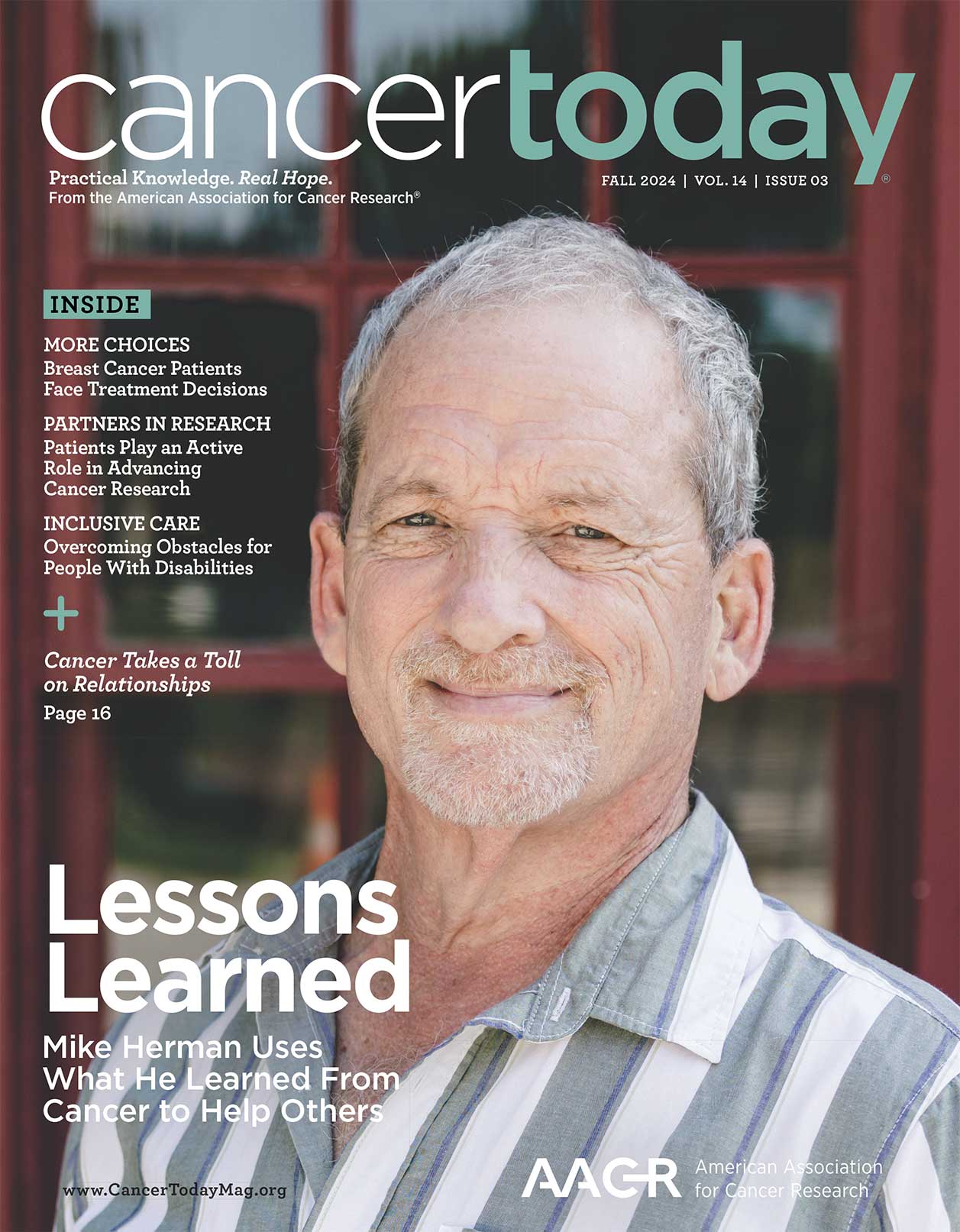Benefits of HPV Vaccination Come to Fruition
The U.S. Food and Drug Administration first approved a human papillomavirus (HPV) vaccine in 2006. A study of women in Sweden, where the vaccine was approved the same year, finds that those who were vaccinated were significantly less likely to go on to develop cervical cancer. “HPV vaccination has been shown previously to prevent infection with the virus and the development of precancer. Although scientists were confident that it would follow that HPV vaccination would prevent cervical cancer, this is the first time that that has been shown directly,” Peter Sasieni of King’s College London told the Guardian. The study, which was published Oct. 1 in the New England Journal of Medicine, followed nearly 1.7 million Swedish women who were between the ages of 10 and 30 between 2006 and 2017. The rate of cervical cancer was 88% lower in the women who received the vaccine before age 17 compared to in those who didn’t receive the vaccine. In those who received the vaccine between ages 17 and 30, the rate of cervical cancer was reduced by 53%. HPV vaccination is more effective when completed earlier because it cannot treat infections that have already taken hold, the researchers say. The women in the study received a version of the vaccine that protects against four strains of HPV; the vaccine currently used in the U.S. protects against nine strains.
The Meaning of Pandemic Recovery
In May, science writer Ed Yong wrote in the Atlantic that the U.S. was experiencing a “patchwork pandemic,” and that the uneven and asynchronous spread of the virus was making the crisis more difficult to control and understand. Health care professionals writing Sept. 30 in CA: A Cancer Journal for Clinicians describe their experience caring for patients at five cancer centers in the University of California system. Early in the pandemic, the virus surged in some areas of the country, overwhelming hospitals’ capacity. But the early surge in California proved less dramatic than had been expected. As recovery plans were being made across the U.S., the coronavirus continued to spread in California, reaching a peak in the state in July. Therefore, recovery planning must involve adopting and cementing safer, more efficient ways of delivering care that reduce the spread of the virus, the authors say. And recovery plans must also seek to reduce inequities in care, especially given the disproportionate effect of the pandemic on Latino patients in California. “The many uncertainties of how best to manage the COVID-19 pandemic have led to a resurgence of the infection in California with a prolonged presence in the state, which has demanded changes in how we manage navigating care for our patients with cancer through the rest of 2020 and likely much longer,” the authors write.
Choosing the Right Amount of Treatment
British childhood cancer survivors diagnosed between 1970 and 1999 were at increased risk of death from early cancer recurrence compared to North American childhood cancer survivors, but North American survivors had an increased risk of death in the longer term, according to a study published Oct. 1 in the Journal of the National Cancer Institute. Researchers followed nearly 50,000 people who were diagnosed with cancer before age 15, survived at least five years and were enrolled in either the North American Childhood Cancer Survivor Study or the British Childhood Cancer Survivor Study. At 10 years following diagnosis, 6.9% of the British participants had died, compared to 4.7% of the North American ones. The researchers said this was because the North American survivors had a lower rate of death attributed to recurrence or progression of their original cancer. After 40 years, however, 19.3% of the British participants had died, compared to 22.3% of the North American ones. The increased rate of death in the North American survivors was related to increased deaths from additional cancers, heart disease, respiratory disease and other health problems. “Our findings suggest that U.S. survivors may have received more intensive regimens to achieve sustainable remission and cure, but the cost of this approach was a higher risk of death from late effects,” the researchers write.
Cancer Today magazine is free to cancer patients, survivors and caregivers who live in the U.S. Subscribe here to receive four issues per year.





